We often hear calls for the use of PROMs and PREMs in research, and a range of studies report their use in the September issue. O’Carroll et al. report the largest multicentre dataset of day 1 and 30 postpartum recovery metrics using PROMs in patients from the UK. They provide data from 1631 patients in 107 centres and find that complications occur in 1 in 5 postpartum patients following hospital discharge, with 5% of these requiring readmission (Fig. 1). In the associated editorial, Bamber outlines why anaesthetists should care about postnatal care. Perhaps any quality improvement study in obstetrics should look to use a PROM such as ObsQoR as a core outcome, because this standardised tool can help improve postnatal outcomes.

There remains a long way to go to improve prescribing in the postoperative period, and this new national cohort study from Baamer et al. looks for predictors of persistent postoperative opioid use following colectomy in > 90k patients. They found that 16% of patients were prescribed opioids within 90 days of discharge. Three months after surgery, 8% continued to receive opioids. Persistent use was more common in patients who were exposed pre-operatively, and minimally invasive surgical approaches were protective. In the associated editorial, Simpson et al. highlight the prescribed opioid crisis as an impetus to improve postoperative pain management. Several interventions should occur at various stages of the peri-operative pathway (Fig. 2). Do opioids influence patient well-being and anxiety? This new observational study from Eikemo et al. finds that these benefits are relatively rare, with most patients reporting the same or lower levels of ‘feeling good’ after opioids.

This new systematic review from Tsan et al. has been extremely popular on social media. The authors performed the study to respond to a need to determine whether tranexamic acid in non-cardiac surgery influences thromboembolism. They did not find a difference in the incidence of a composite cardiovascular thromboembolic outcome in patients undergoing non-cardiac surgery between those given prophylactic intravenous tranexamic acid and placebo/no treatment. However, the trial sequential analysis demonstrated that this finding was not conclusive due to inadequate information size. More trials are now justified scientifically. Also on social media, the editorial by Gadsden on reproducibility in the anaesthetic literature has been popular. The context are studies by Kang et al. and Albrecht et al., which although different are valid. He picks out the subtle differences between the studies that may account for their respective findings.
The hybrid technique utilises videolaryngoscopy and flexible bronchoscopy simultaneously to intubate the trachea. This new registry study in children with a difficult tracheal intubation finds that the hybrid technique had overall success and complication rates comparable with flexible bronchoscopy despite being used more frequently as a rescue device (Fig. 3). Would you use it? Let us know!

Our new position statement sets out best practice in academic medical publishing for Anaesthesia and Anaesthesia Reports. It provides recommendations on our scope, the role of our Editors, authorship, data sharing, EDI, ethics, errors, appeals and research misconduct. We hope this work protects the rights and welfare of research participants, ensures the integrity of study results and aids the communication and dissemination of novel findings into clinical practice. Earlier this year, Darbyshire et al. reported a novel scoring system that performs as well as the NELA score but only requires pre-operative data. This new editorial from Yates et al. sets the work in context and calls for a focus on patient-centres outcomes. They conclude that future studies could use exclusively pre-operative variables to provide mortality predictions for patients who are candidates for emergency bowel surgery but who do not undergo an operation.
Elsewhere we have: the third iteration multispecialty COVID-19 timing of surgery guidelines; an RCT comparing different epidural dosing strategies for labour analgesia; an RCT of prehabilitation for cardiac surgery; and an observational study of aerosol generation and supraglottic airway devices.
Finally, this month’s Reviewer Recommendations sets out how a narrative review should be written and provides tips on getting such articles accepted for publication. A list of potential topics is provided, and we invite you to pick one of these and get working on it today! We will see you later on today for a live discussion with the authors of a new paper which is all about gastric ultrasound.


Mike Charlesworth and Andrew Klein

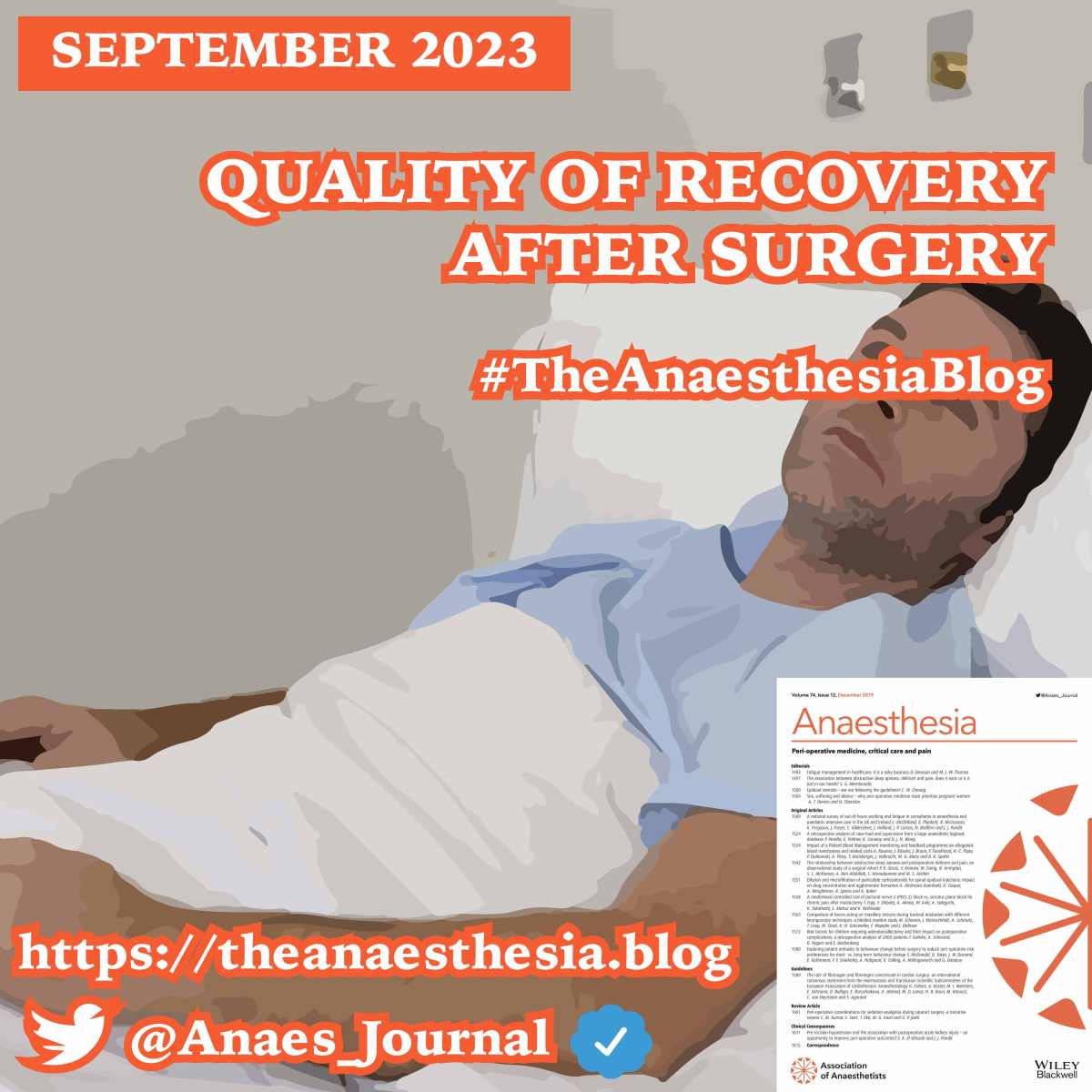

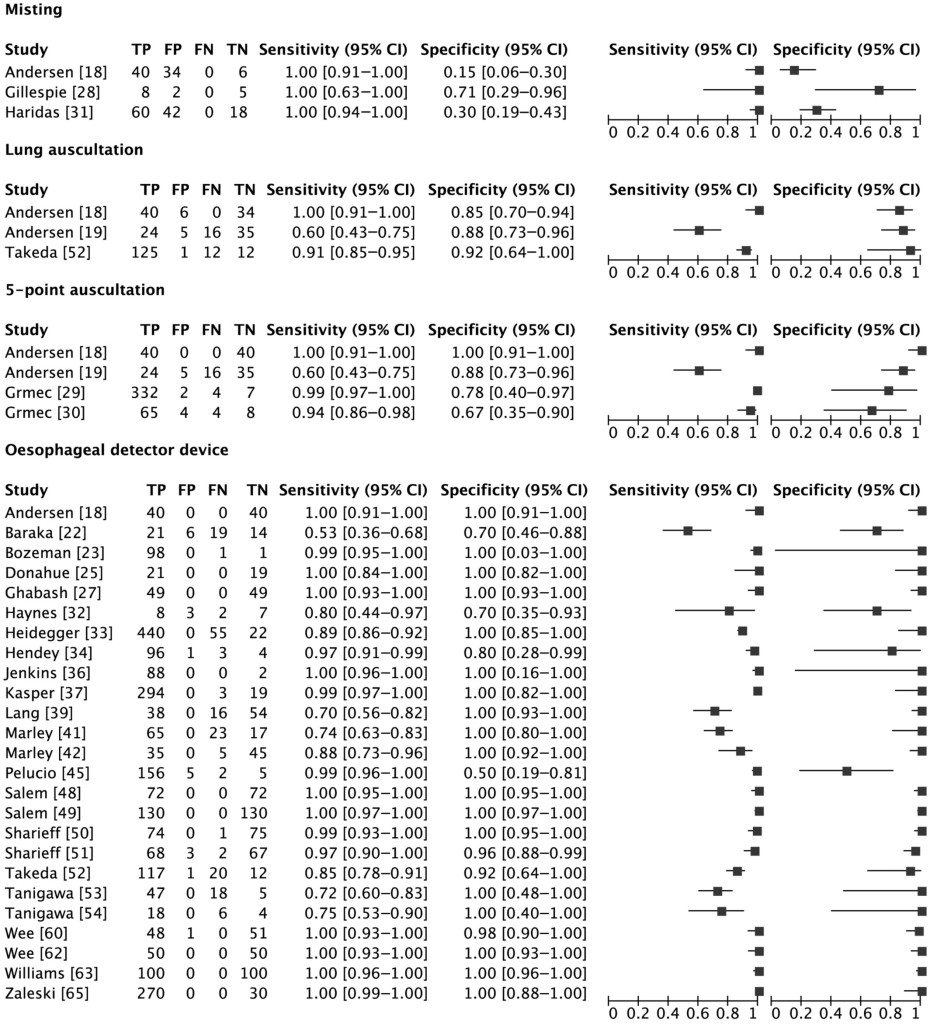

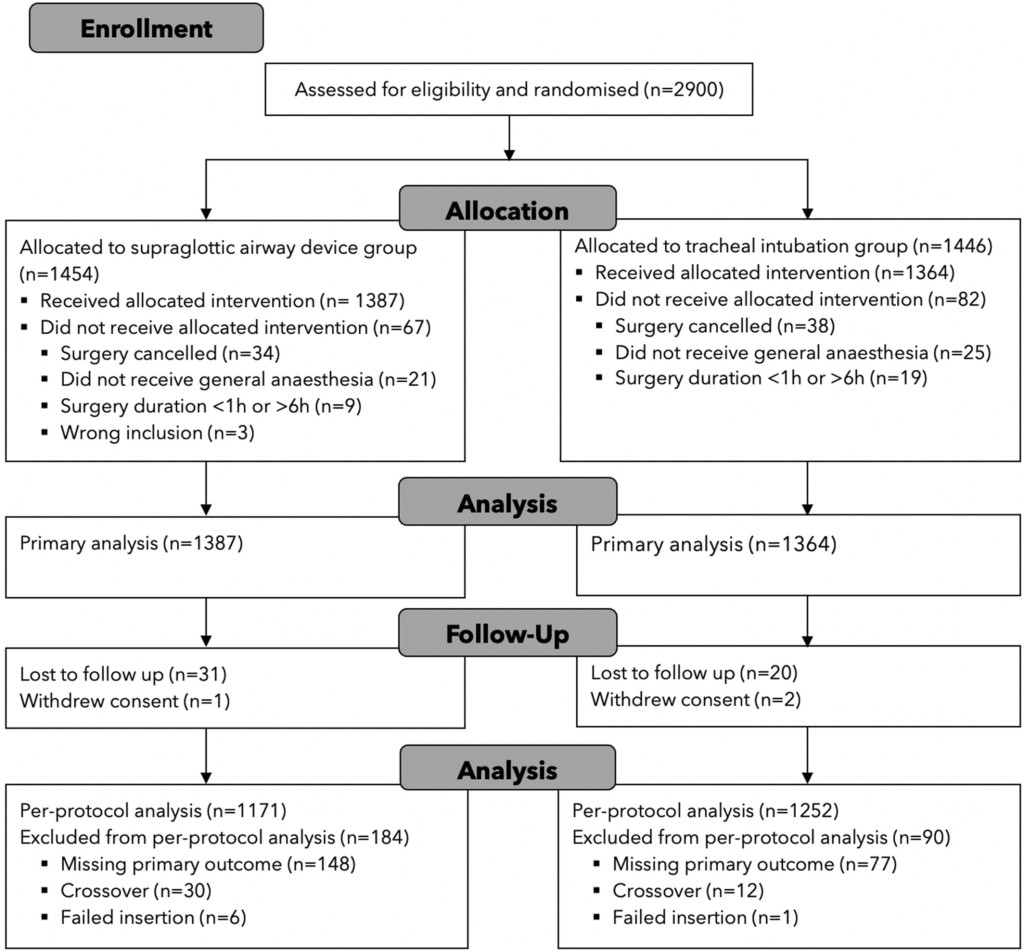


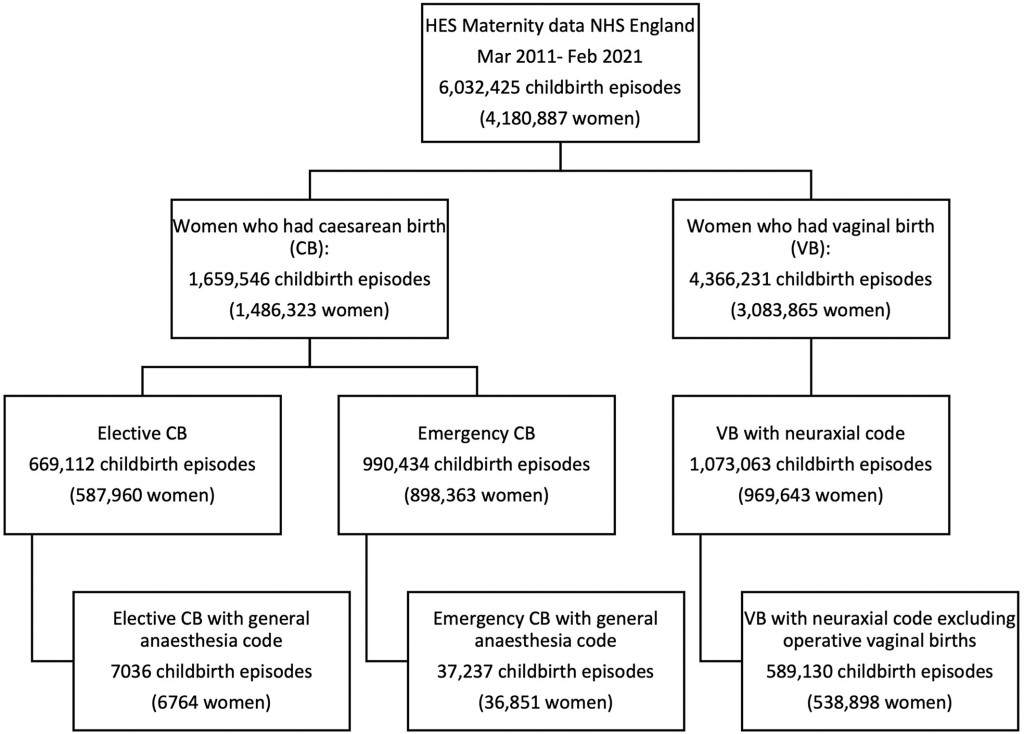
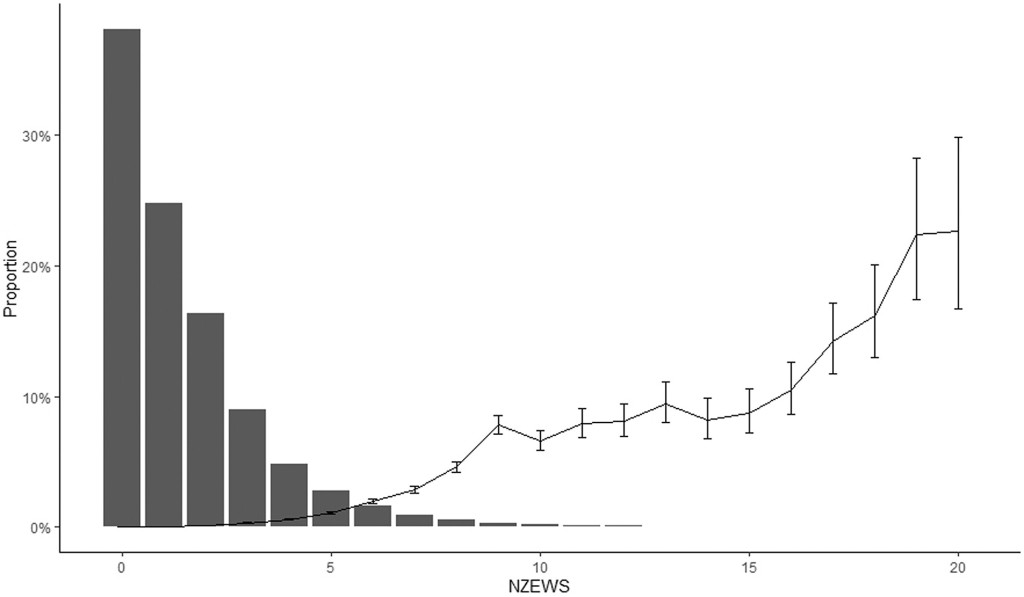
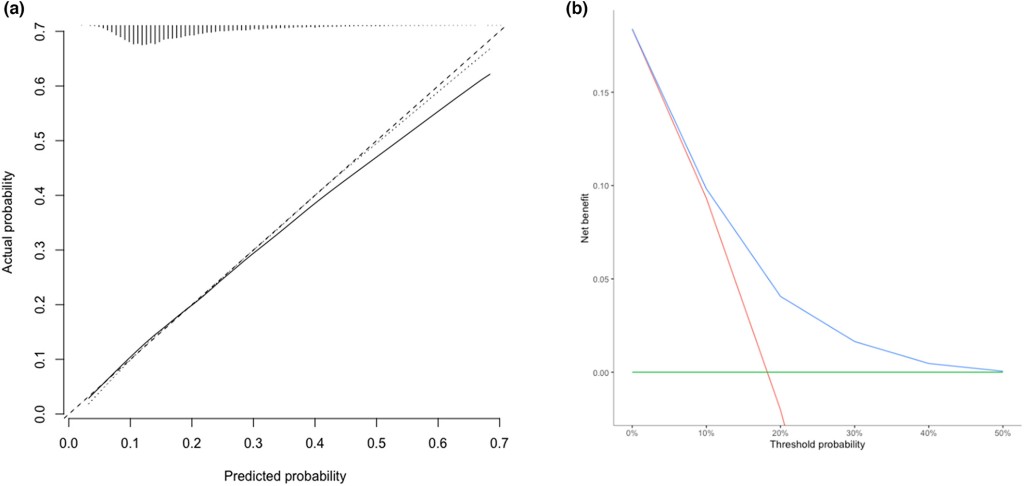
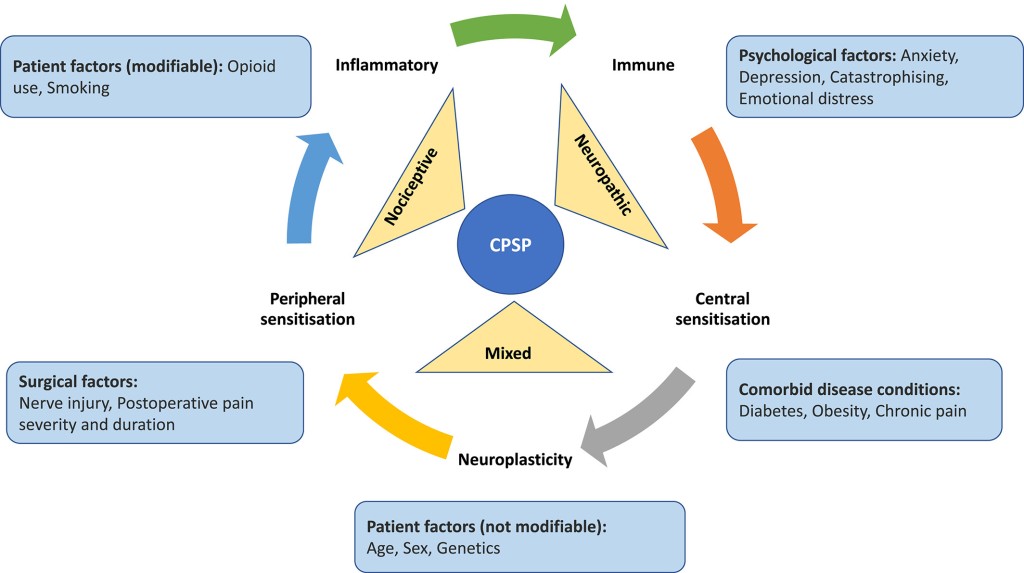



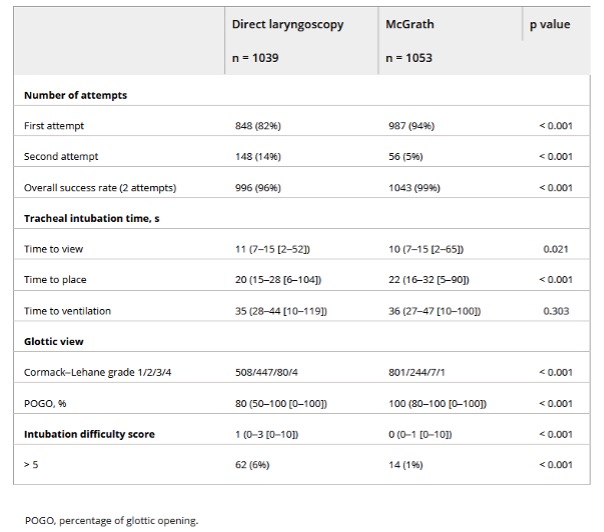




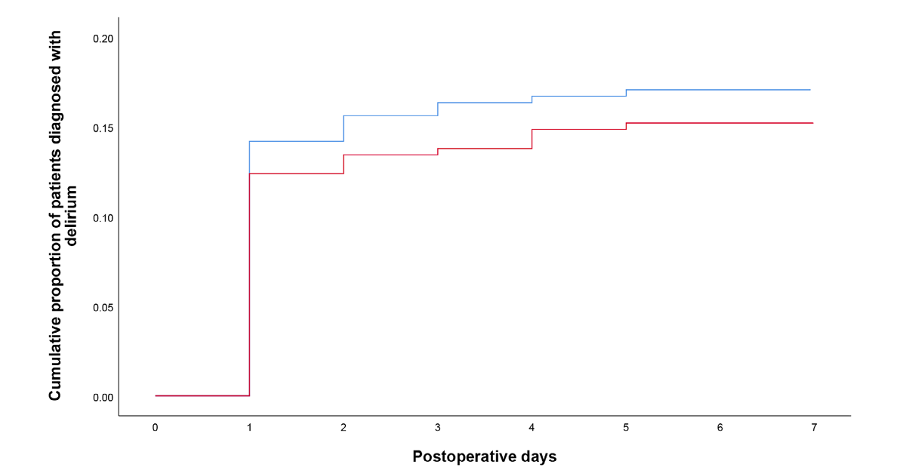






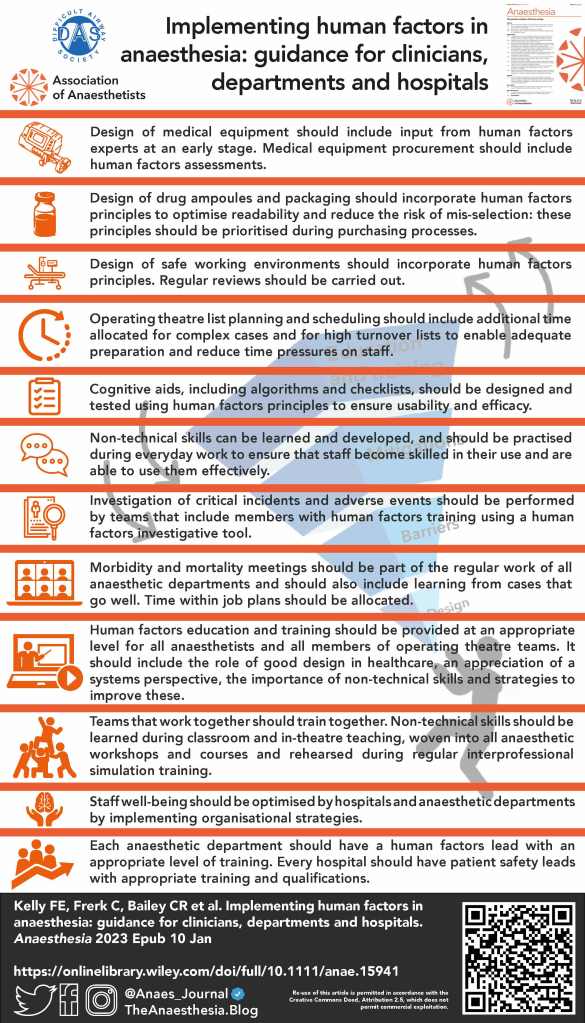





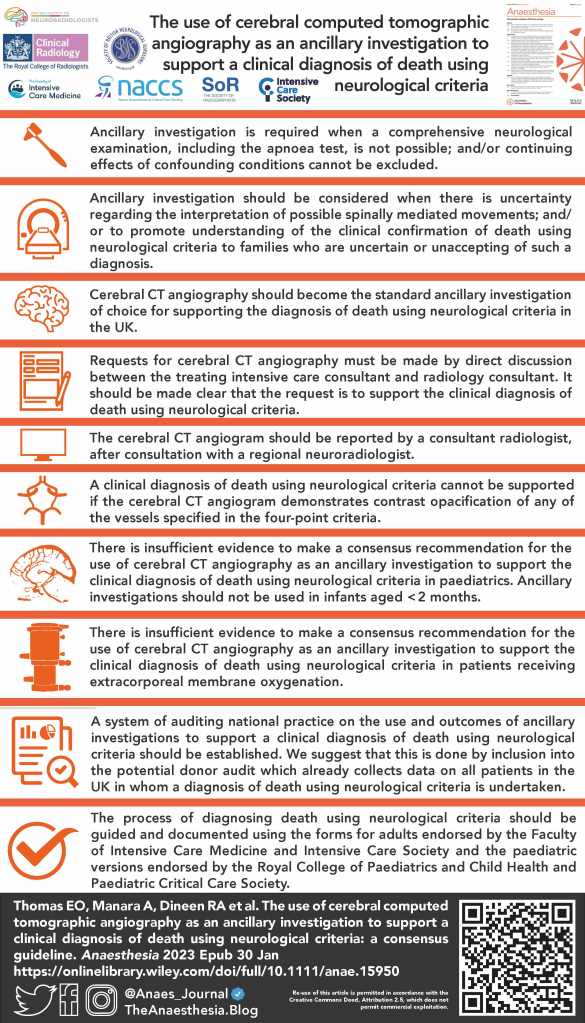


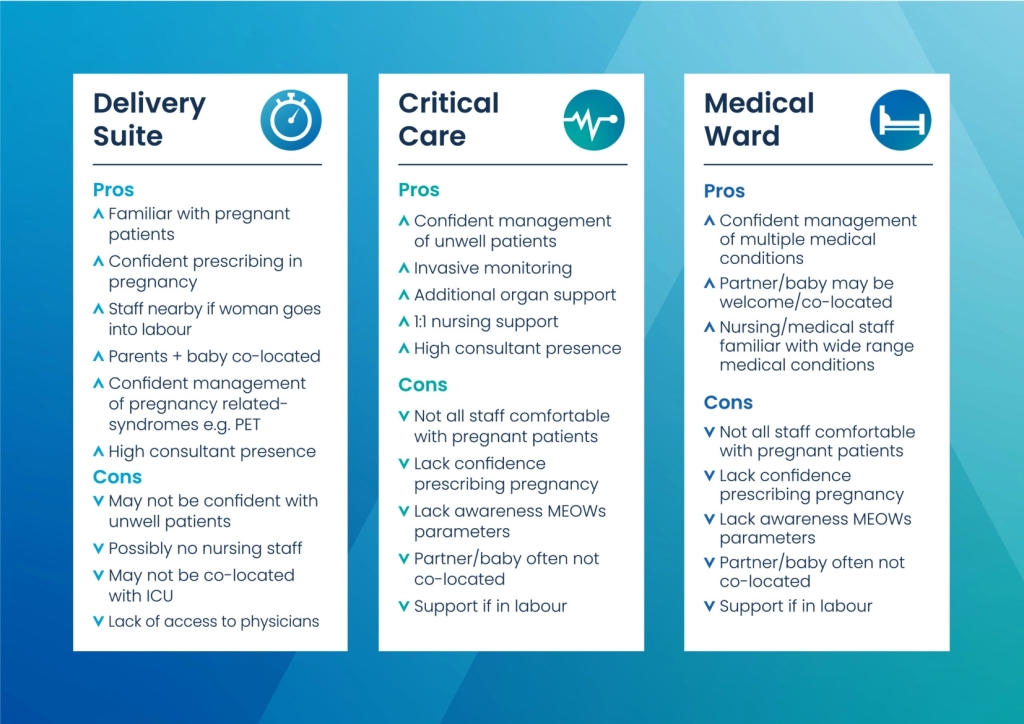


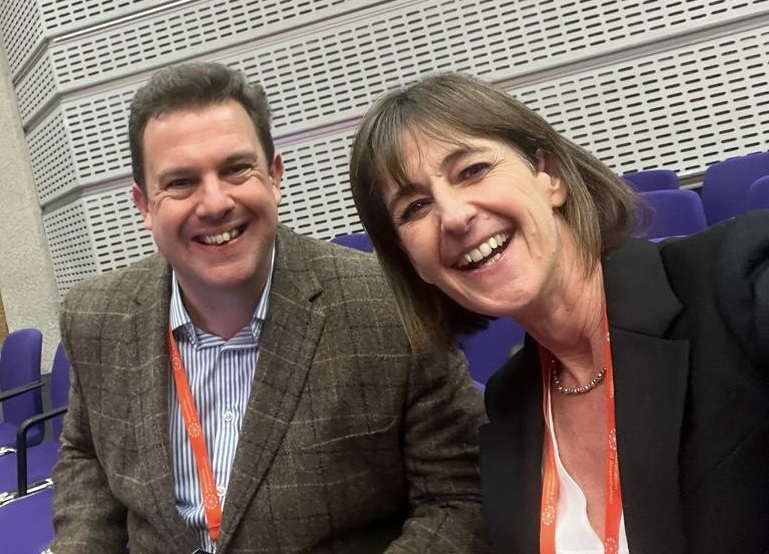



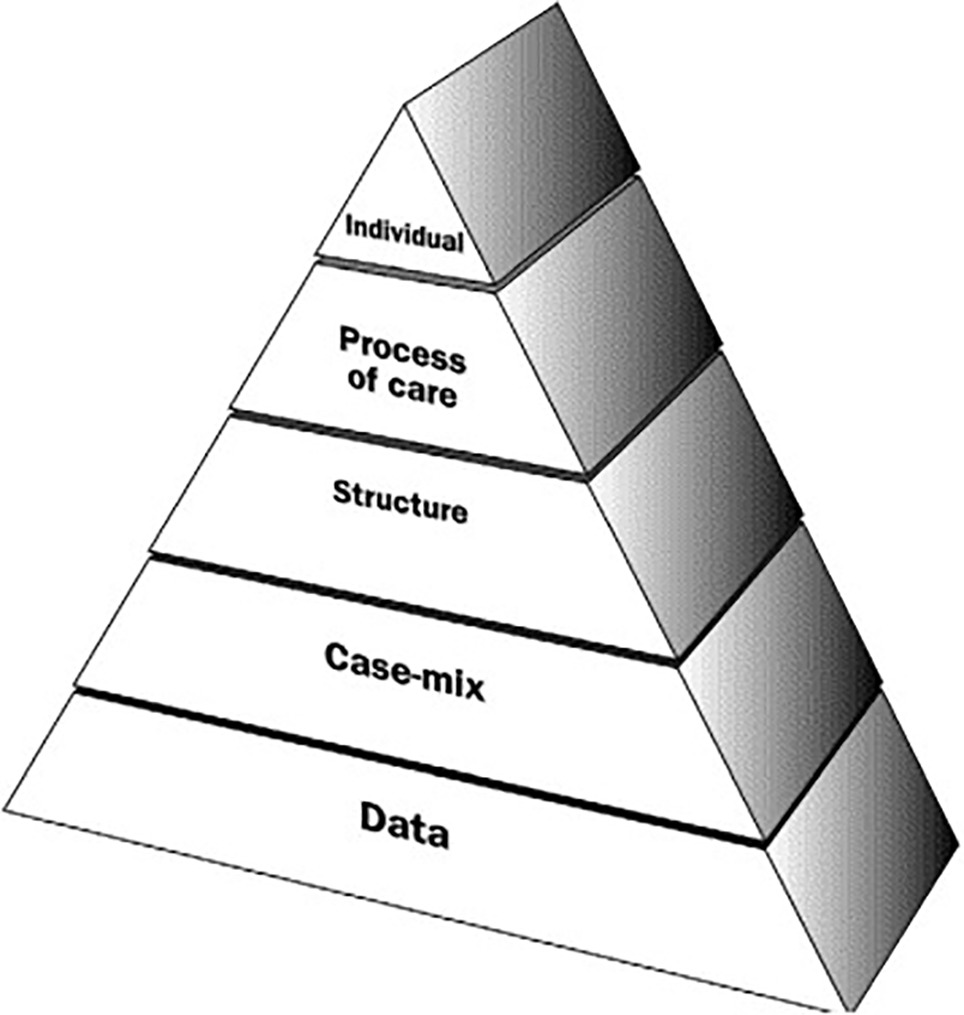






You must be logged in to post a comment.